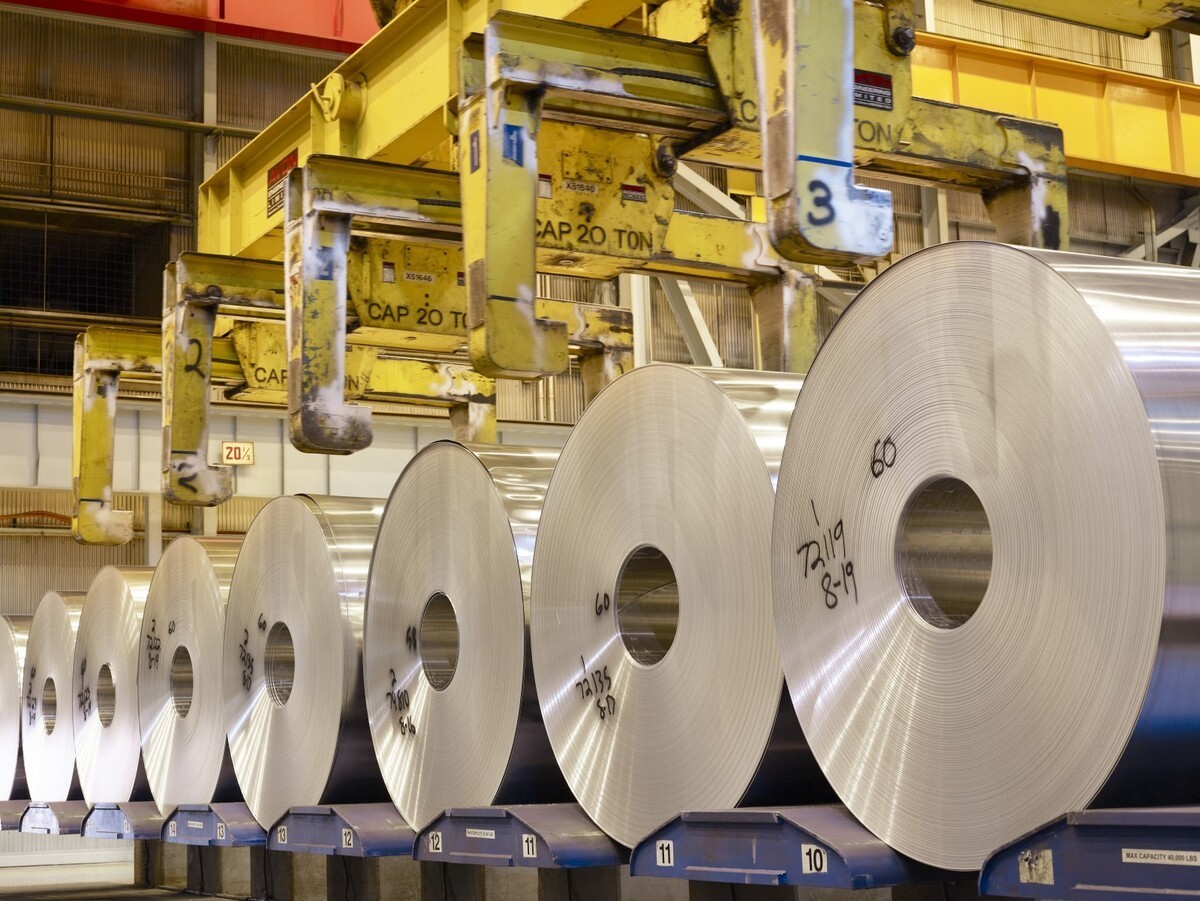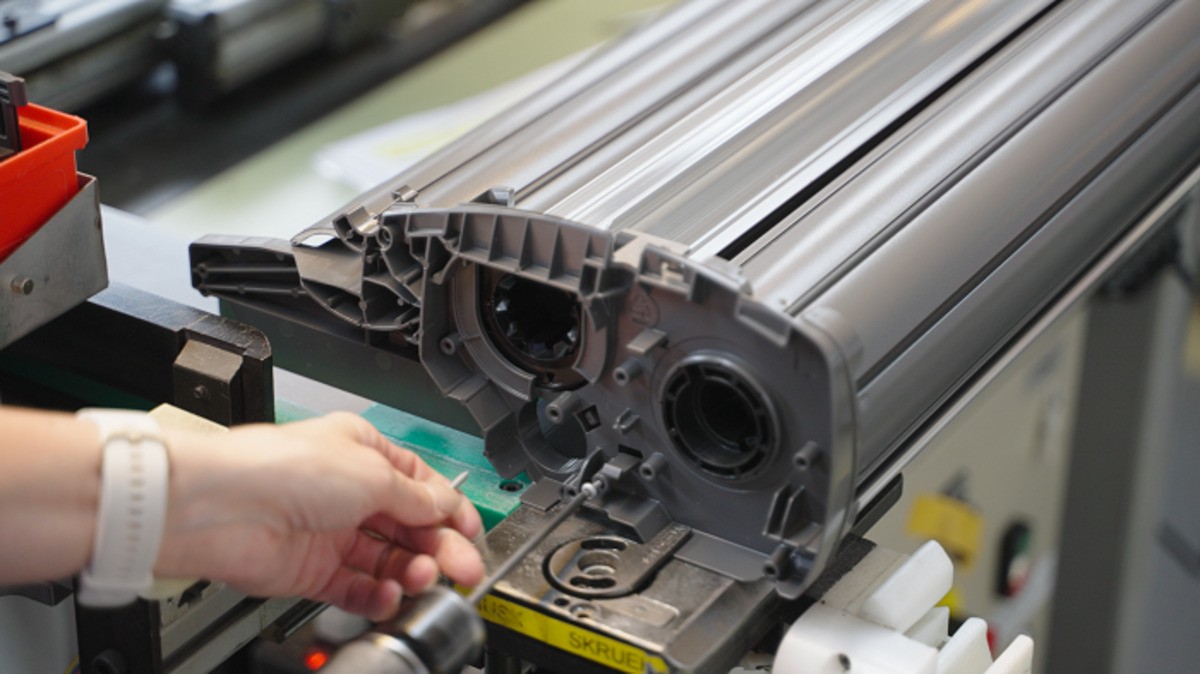VELUX accelerates its decarbonization strategy by tackling its scope 3

What if the environmental impact of large groups in the construction and building sector was not necessarily inevitable? Proof by example with the manufacturer of roof windows VELUX, which has multiplied actions for many years to limit the rate of carbon emissions from its activities, but also more recently that of its products. Meeting with Catherine Juillard, Head of Institutional Relations and Sustainable Building at VELUX, to find out more.
What is VELUX's sustainability strategy?
VELUX's sustainability strategy is not new. It even started more than 15 years ago ! In 2008, we set the target of reducing CO2 emissions from our group's activities – scopes 1 and 2 – by 50% by 2020. This was a start to structure actions and mentalities at VELUX , and unite around this idea of sustainable development. When we took stock at the end of 2020, we found that the reduction in our emissions had reached 59%.
How has this strategy evolved over the years?
Since 2020 we strongly accelerate our decarbonization process, with new ambitions and several objectives for 2030:
- 100% reduction of CO2 emissions from our own activities
- Even more challenging, the 50% reduction in CO2 emissions across our entire value chain , i.e. including upstream our supply chain with the materials we use and the downstream activities of our sites, through the distribution, installation and finally the management of the end of life of the products: this is what is called scope 3.
This scope 3 is today at the heart of our concerns, because it represents more than 90% of all our CO2 emissions. It should be noted that before that, we had already integrated the notion of the carbon footprint of our products since the beginning of the 2010s, through FDES sheets in our own name and verified by a third party.
What are the specific actions taken by VELUX to achieve these latter objectives?
We want to act as a priority on our supply chain , which represents 86% of scope 3 CO2 emissions. More concretely, this means working on the materials that make up our products. We are therefore working in collaboration with our suppliers in this direction.
The first thing we did was to make the CO2 emissions data of the materials that make up our products more reliable. We have therefore mapped scope 3 emissions in a methodological, reliable and shared way. This allowed us to identify the main CO2 emitters among the materials making up our products. Two of them stand out in particular: aluminum and glass. Aluminum alone represents 22% of the carbon impact of a roof window.
This observation prompted us to enter into partnership agreements with two international groups in 2022 to supply us with low-carbon aluminum or aluminum with highly recycled content : Hydro and Novelis. For example, the aluminum supplied to us by Hydro has less than 2.5 kilos of carbon per kilo of material, which is one fifth of the current European average of 11.3 kilos. The cooperation agreement is concluded, and the supply begins gradually.

Have you gotalso considered using new materials?
Today, the challenge to be met is so great that the idea is to act as quickly as possible with short-term actions. And the short term is to decarbonize the materials that already exist for our products. Subsequently, in the more medium term, a reflection is actually underway to use new materials to go even further in our objectives beyond 2030.
In all cases, the specifications are to serve the durability of the product, while maintaining its intrinsic quality.
How to decarbonize the other components of your windows?
Among the other impacting elements at the carbon level, there is glass. The subject is currently less structured, but we are working on it, always in cooperation with our suppliers. Above all, we want to increase the rate of recycled content and for this to be an opportunity to work on waste management , which is perfectly in line with EPR (Extended Producer Responsibility). We want to ensure that the recovered material goes back into a closed loop in the manufacture of flat glass for joinery. This will also help increase the rate of recycled glass used in the manufacture of our windows, and lower the scope 3 carbon footprint.
Read also: Reuse at the heart of the strategy of Valdelia, an eco-organization approved by the government
On the wood side, we are very attached to contributing to responsible sourcing. In particular, we use wood that is more than 96% PEFC certified , that is to say from sustainably managed forests.
Finally, we are carrying out special work on the greening of our product packaging. Very concretely, since March 2022, our packaging has been free of single-use plastic on 90% of the roof windows sold. We are aiming to generalize these packaging practices to all of our products by 2030.
Are there any other VELUX environmental actions you would like to tell us about?
The VELUX story began in 1941. What about our past shows? We consider that today we have a debt towards the planet. The idea therefore came to us to form a partnership with the WWF to support forest preservation projects in strategic places around the world where there is a climate emergency and where the loss of biodiversity is the most proven. Thus, on the occasion of our centenary in 2041, we wish to have contributed to preservation projects whose expected benefits are equivalent to the historical environmental impact of our scopes 1 and 2.



